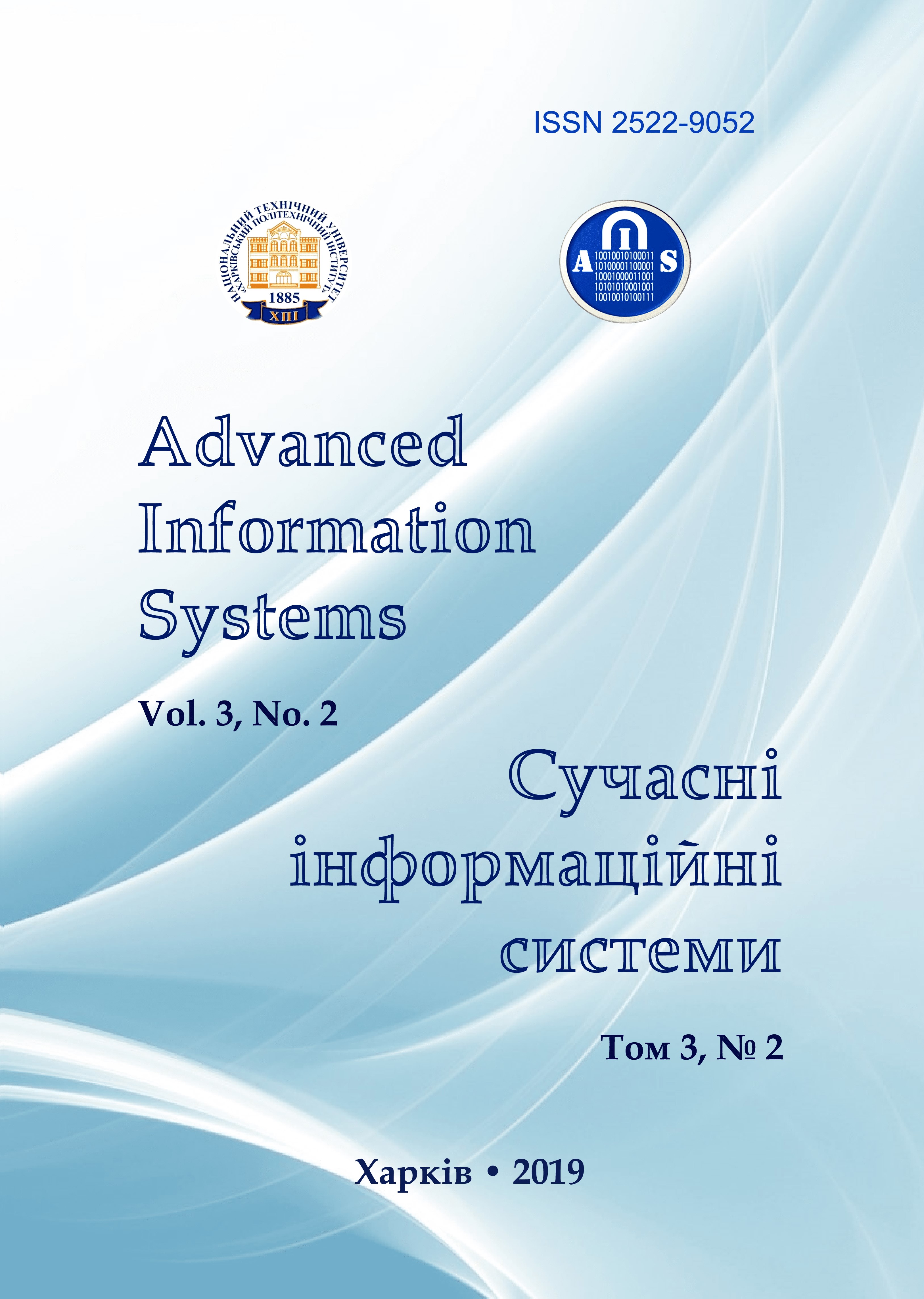ELECTROMAGNETIC COMPATIBILITY OF SEMICONDUCTOR DEVICES EXPOSED TO TRANSITION RADIATION
Main Article Content
Abstract
© Knyazev V., Serkov A., Breslavets V., Yakovenko I., 2019
Experimental studies of behavior of semiconductor components of electrical radio units exposed to strong pulsed electromagnetic fields have been carried out. The nature of changes in the performance of semiconductor components has been studied. It has been shown that the impact of pulsed electromagnetic radiation is accompanied by currents in the conductive elements of the units. We define here a certain type of reversible failures of semiconductor radio units. Failures of this type occur due to interaction between the external radiation induced currents and own fields of radio equipment components. Such failures occurs in presence of transition radiation (when the current is directed along the normal to the boundary of the unit). We argue that such interactions lead to energy losses in induced currents due to excitation of natural oscillations in the units, i.e. the units enters an oscillation generation mode, which is characterized by a change in the current-voltage characteristics of radio devices. With the results of comparative analysis of the experimental and calculated data obtained in this work, it is possible to use the proposed physical model of reversible failures and calculated derived relationships to determine criteria of occurrence and quantitative characteristics of reversible failures in semiconductor diodes exposed to pulsed electromagnetic radiation (occurrence of S-shaped sections of direct current). Conclusion. The results obtained can be used to assess electromagnetic compatibility of active electronic devices (millimeter/submillimeter amplifiers, generators and transducers of electromagnetic oscillations) exposed to external pulsed electromagnetic fields. A comparative analysis of quantitative estimates of reversible failures of semiconductor devices depending on the spatial configuration of the affecting field (the induced current is normal to the structure boundary) allows us to solve the problem of optimizing the degree of distortion in the operating characteristics of these devices.Article Details
References
Beletsky, N.N., Svetlichny, V.M., Halameida, D.D. and Yakovenko, V.M. (1991), Electromagnetic phenomena of the microwave range in inhomogeneous semiconductor structures, Naukova Dumka, Kyiv, 216 p.
Zi C. (1984), Physics of semiconductor devices, Mir, Moscow, 456 p.
Mikhailov, M.I., Razumov, L.D. and Sokolov, S.A. (1979), Electromagnetic effects on communication facilities, Radio and communication, Moscow, 225 p.
Steele, M. and Vyural, B. (1973), Wave interaction in a solid-state plasma, Atomizdat, Moscow, 312 p.
Myrova, L.O. and Chepizhenko, A.Z. (1988), Ensuring the durability of communication equipment to ionizing electromagnetic radiation, Radio and communication, Moscow, 235 p.
Kravchenko, V.I., Yakovenko, V.I., Yakovenko, I.V. and Losev, F.V. (2009), “Influence of third-party electromagnetic radiation on the waveguide characteristics of semiconductor components of electrical radio products”, Bulletin of NTU "KPI", No. 11, pp. 62–69.
Kravchenko, V.I., Yakovenko, I.V. and Losev, F.V. (2012), “Excitation of electromagnetic oscillations in 2-D electronic structures by currents induced by external radiation”, Bulletin of NTU "KPI", No. 21, pp. 154–161.
Kravchenko, V.I., Yakovenko, I.V. and Losev, F.V. (2012), “Generation of electromagnetic oscillations of a semiconductor structure under conditions of third-party electromagnetic effects”, Bulletin of NTU "KhPI", No. 21. pp. 161–169.
Kravchenko, V.I., Yakovenko, I.V. and Losev F.V. (2013), “The influence of the flow of charged particles. Induced by external electromagnetic radiation, on the waveguide characteristics of semiconductor components of electrical radio products”, Bulletin of NTU "KPI", No. 27, pp. 83–89.
Kravchenko, V.I., Yakovenko, I.V. and Losev, F.V. (2013), “Attenuation of surface oscillations of semiconductor structures of electrical radio products under the influence of external electromagnetic radiation”, Bulletin of NTU "KPI", No. 27, pp. 96–103.
Kravchenko, V.I., Yakovenko, I.V. and Losev, F.V. (2013), “Kinetic mechanisms of interaction of surface vibrations with conduction electrons of semiconductor structures under the influence of external electromagnetic radiation”, Bulletin of NTU "KPI", No. 27, pp. 103–111.
